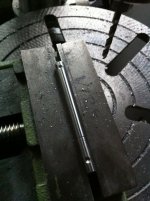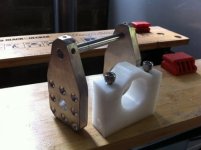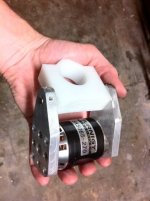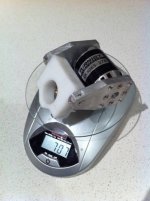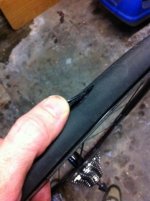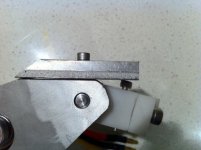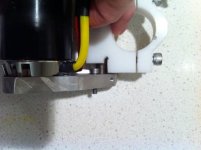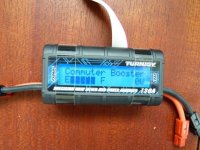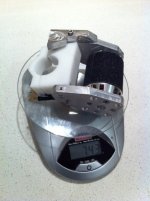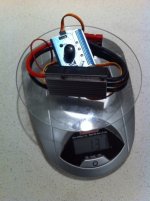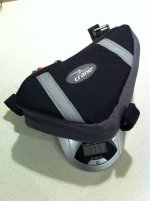Thanks mate.
I am loving the light weight, only about 1.5kg, including battery, controller, drive everything, added to an already light bike.
You totally forget it is there. So different to the usual ebike that weighs in around 30kgs, and you try and avoid having to pick up.
This one still feels totally like a normal bike.

Haven't looked at no load speeds, as speedo is on the front wheel at the moment. Based on kV and 6s, should be up around 50-55 kph.
No load power was (from memory) about 20w for 2s LiPo, and if I fully engaged the motor by hand, to simulate the full loaded rolling friction, I think it was 50w. But this was with huge amounts of motor engagement into the tyre, and I may have totally got these numbers wrong, as I had had a few beers at this time, and my memory isn't great at the best of times.
And this was really quick and dirty tests, without tuning the amount of engagement, and really should be done at 6s LiPo once I get the friction, geometry, and amount of engagement all tuned.
I think the most important thing to get the no-load losses down is to get the motor to tyre friction better. This means less pressure is required, which means less tyre deflection, which means less rolling friction. Well that is the theory any way, we will see how it goes in practice.
Next challenge will be the throttle, at the moment I just have the servo controller taped to the top tube.

Way to dangerous, once I get the drive engaging properly. Bit like setting cruise control in the car, but putting the controls in a really non-intuitive location. So if you need to turn it off in a hurry, you brain just can't react quick enough. I have images of that guy that got stuck in his car without being able to override his cruise controll.... :lol:
At the moment I am thinking of have a normally open button up at the handle bars, adjust the controller for a soft start, and leave the servo controller some where handy to tune speed. So you have to hold the button down to engage the throttle. This should do for testing, then I can work out a more permenent/user friendly solution.
 View attachment 5
View attachment 5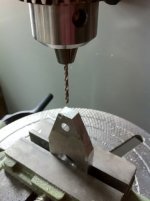
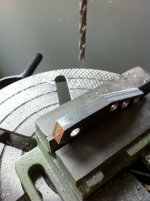
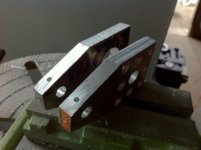

 View attachment 5
View attachment 5





